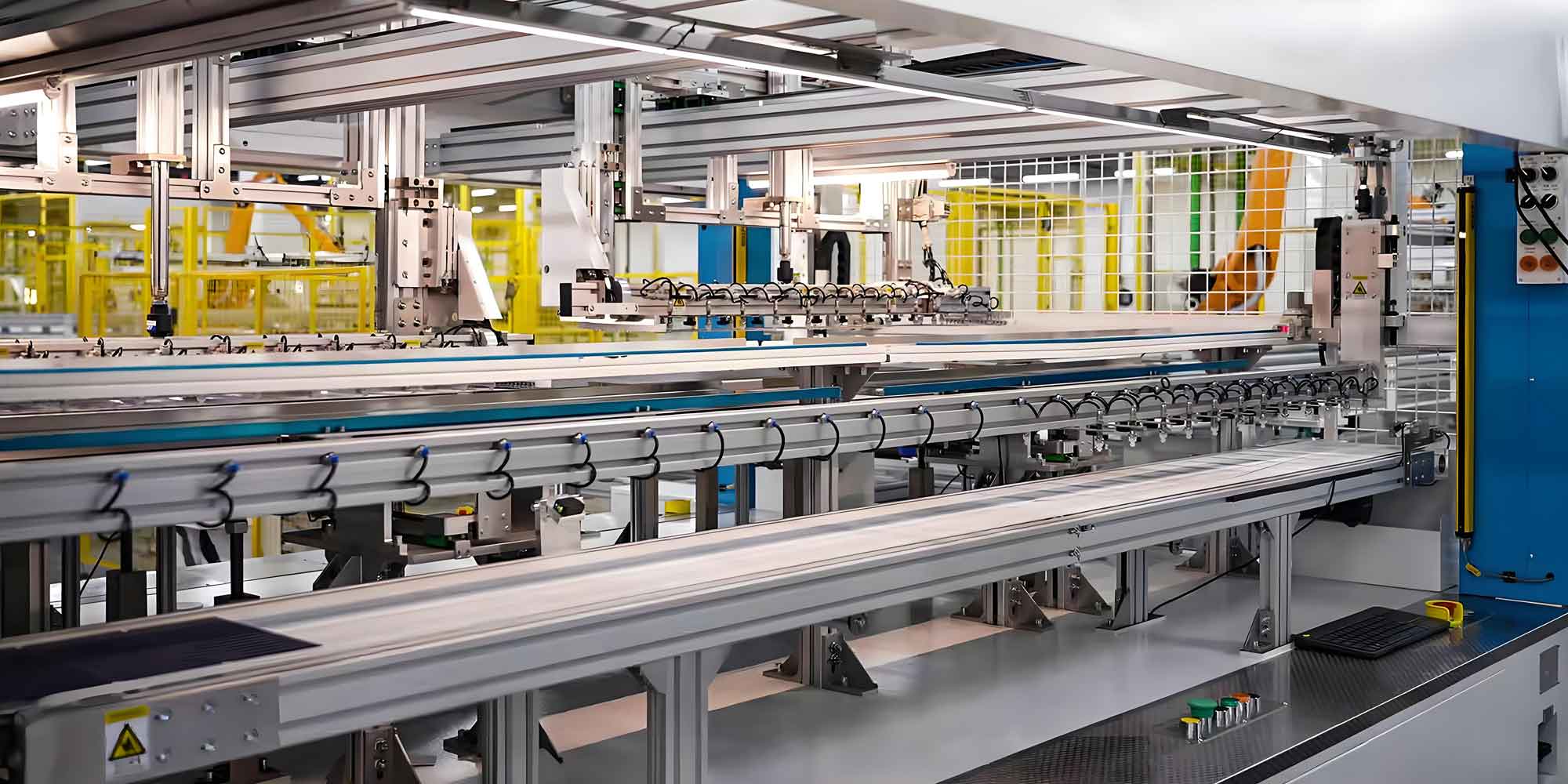The rapid development of aquaculture has necessitated advancements in automation and energy efficiency. Traditional aeration systems, heavily reliant on grid electricity, suffer from high energy consumption and operational inefficiencies. This paper presents a solar inverter-driven intelligent aeration control system designed to address these challenges. By integrating solar power technology with advanced control algorithms, the system optimizes energy utilization, reduces operational costs, and enhances dissolved oxygen management in aquaculture ponds.

1. Introduction
Aquaculture has become a cornerstone of global fisheries, surpassing wild catch in production volume. However, conventional aeration systems—powered by grid electricity—exhibit significant drawbacks:
- High energy consumption: Devices like paddlewheel and jet aerators demand substantial electrical input.
- Manual operation: Farmers often rely on subjective judgment to control aeration, leading to over/under-oxygenation.
- Environmental impact: Fossil fuel-based energy sources contribute to carbon emissions.
Solar energy, as a renewable alternative, offers a sustainable solution. This system leverages a solar inverter to convert photovoltaic (PV) energy into stable AC power, enabling intelligent aeration control while minimizing reliance on conventional grids.
2. System Architecture
The system comprises two subsystems:
- Solar Power Supply System: Harvests and manages solar energy.
- Water Quality Monitoring System: Measures dissolved oxygen (DO) and triggers aeration.
Key components include:
- PV panels: Convert sunlight to DC electricity.
- MPPT controller: Maximizes energy harvest via the conductance increment method.
- Battery bank: Stores excess energy for nighttime or cloudy conditions.
- Solar inverter: Converts DC to AC power for aeration devices.
- ATmega128 microcontroller: Executes control algorithms and manages system operations.
3. Solar Inverter and MPPT Control
The solar inverter is central to energy conversion. Its performance depends on Maximum Power Point Tracking (MPPT), which ensures PV panels operate at peak efficiency. The conductance increment method is employed:dPdV=0at MPPdVdP=0at MPP
where PP is panel power and VV is voltage. The algorithm adjusts the duty cycle (DD) of the DC-DC converter to maintain:D=Vout−VinVoutD=VoutVout−Vin
Table 1 summarizes MPPT efficiency under varying irradiance:
| Irradiance (W/m²) | Voltage (V) | Current (A) | Power (W) | Efficiency (%) |
|---|---|---|---|---|
| 600 | 17.95 | 3.17 | 56.90 | 94.8 |
| 800 | 18.00 | 3.20 | 57.60 | 96.0 |
| 1000 | 17.85 | 3.13 | 55.87 | 93.1 |
4. Three-Stage Battery Charging
The solar inverter coordinates a three-stage charging protocol to prolong battery life:
- Bulk Charge: Constant current until voltage reaches 14.4 V.
- Absorption Charge: Constant voltage until current drops to 10% of initial.
- Float Charge: Maintains voltage at 13.8 V to prevent overcharging.
The charging current (IchargeIcharge) is regulated as:Icharge=Psolar−PloadVbatteryIcharge=VbatteryPsolar−Pload
where PsolarPsolar is PV output and PloadPload is aeration power demand.
5. SPWM Control in Solar Inverter
Sinusoidal Pulse Width Modulation (SPWM) ensures stable AC output. The modulation index (mm) determines output voltage:m=AmodAcarrierm=AcarrierAmod
For a 50 Hz output, the carrier frequency (fcfc) is set to 5 kHz. The solar inverter’s output voltage (VACVAC) is:VAC=m⋅VDC⋅22VAC=m⋅VDC⋅22
Table 2 compares THD (Total Harmonic Distortion) for different modulation indices:
| Modulation Index | THD (%) |
|---|---|
| 0.6 | 4.2 |
| 0.8 | 2.7 |
| 1.0 | 1.5 |
6. Hardware Implementation
The ATmega128 microcontroller interfaces with sensors, the solar inverter, and aeration devices. Key circuits include:
- Boost Converter: Steps up PV voltage to 24 V.
- H-Bridge Inverter: Generates SPWM waveforms.
- Voltage/Current Sensors: Monitor battery and load parameters.
The microcontroller’s firmware prioritizes tasks such as:
- MPPT algorithm execution.
- Battery state-of-charge (SOC) estimation.
- Aeration device activation based on DO thresholds.
7. Experimental Results
Field tests demonstrated the system’s efficacy:
- Energy Savings: Solar power reduced grid dependency by 78%.
- Aeration Efficiency: DO levels stabilized within ±0.3 mg/L of the target.
- Battery Lifespan: Three-stage charging extended cycle life by 30%.
Table 3 outlines performance metrics:
| Parameter | Value |
|---|---|
| PV Output (Max) | 75 W |
| Inverter Efficiency | 92% |
| Battery Capacity | 150 Ah |
| Daily Energy Saved | 2.1 kWh |
8. Conclusion
This solar inverter-based system addresses critical challenges in aquaculture aeration. By harmonizing MPPT, intelligent battery management, and SPWM control, it delivers a sustainable, high-efficiency solution. Future work will focus on integrating IoT for real-time remote monitoring and optimizing the solar inverter for higher power applications.
